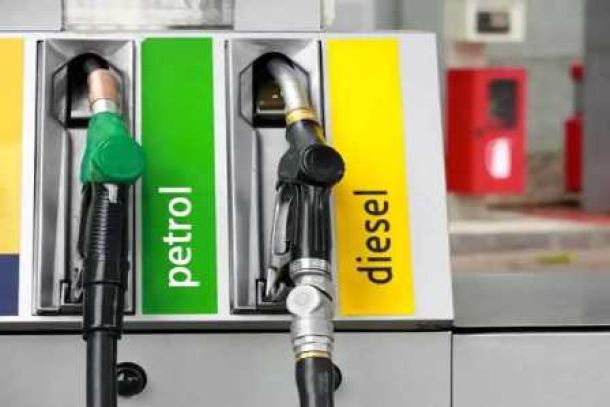Why red meat prices will soar, even if the drought is broken
Red meat prices are expected to rise, further straining food inflation, as farmers rebuild their herds following record slaughters to cope with the worst drought in a century, industry experts say.
One said prices could rise by as much as 15% by December.
The government says the drought reduced the national herd by 15% as grazing lands withered and the price of feed, derived mainly from a stunted maize crop, soared.
In such situations, the prices of cattle and beef usually fall as farmers have to offload animals they can no longer feed, either by slaughtering or sale.
"All of that means there was a glut in the market and that has kept beef prices in general at pretty much soft levels relative to other agricultural commodities," Wandile Sihlobo, head of economic and agricultural intelligence at the agricultural business chamber, said.
Much will hinge on the weather. While the El Nino phenomenon that caused the drought ended in May, good rains are yet to come in most of SA, leaving dam and soil moisture levels low.
Weather forecasts predict a moderate La Nina weather system during the spring/summer season, which runs from September to April, bringing rainfall but the amounts are far from certain.
Improving weather conditions would allow farmers to rebuild herds and bring culling levels down, which would reduce the red meat supply in the market to lower levels than the previous six months and drive up prices, said Sihlobo.
"That’s actually when we are going to see the prices skyrocketing," Sihlobo said, declining to give a price forecast.
The December 16 contract month beef price remained unchanged from the previous day, closing at R41.50 per kg, the agricultural business chamber said in a note.
"The expectations are that there will be between a 9% and 15% increase between now and December," said FNB agricultural economist Paul Makube.
Food prices, a key driver of inflation, are expected to reach a peak this year, the Reserve Bank said, keeping interest rates steady at 7%.
"Food price inflation is still expected to reach a peak in the fourth quarter of this year, at around 12.3%," Reserve Bank governor Lesetja Kganyago said.
The lower meat supply could remain as herds are rebuilt, which would take between three and four seasons to get back to normal levels, said Gerhard Schutte, the CEO of South Africa Red Meat Producers Organisation.
Schutte also declined to give a price forecast.
Reuters
News Category
- International retailers
- On the move
- Awards and achievements
- Legislation
- Wine and liquor
- Africa
- Going green
- Supplier news
- Research tools
- Retailer trading results
- Supply chain
- Innovation and technology
- Economic factors
- Crime and security
- Store Openings
- Marketing and Promotions
- Social Responsibility
- Brand Press Office
Related Articles

Shoprite increases executive pay as consumers t...

Unions slam SA retailers for ‘profiteering’ as ...

Major Petrol Price Changes on the Horizon

Retailers not cutting food prices fast enough -...


